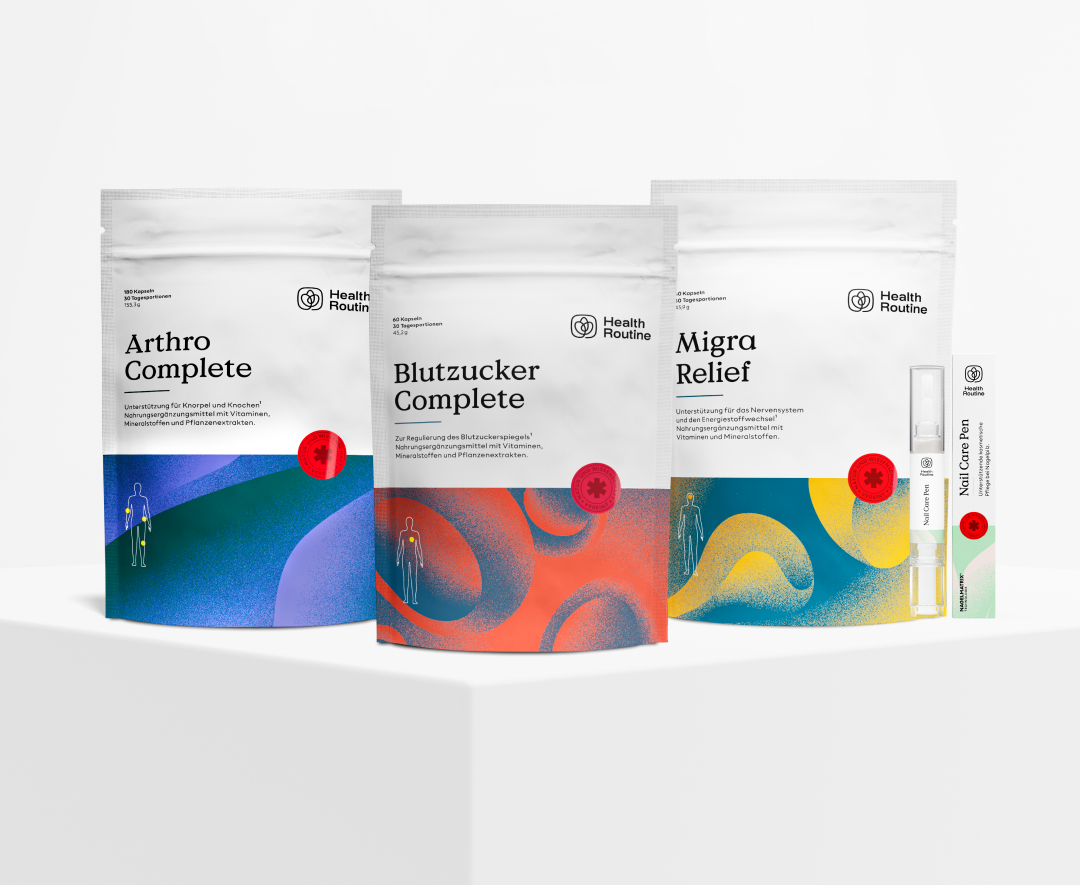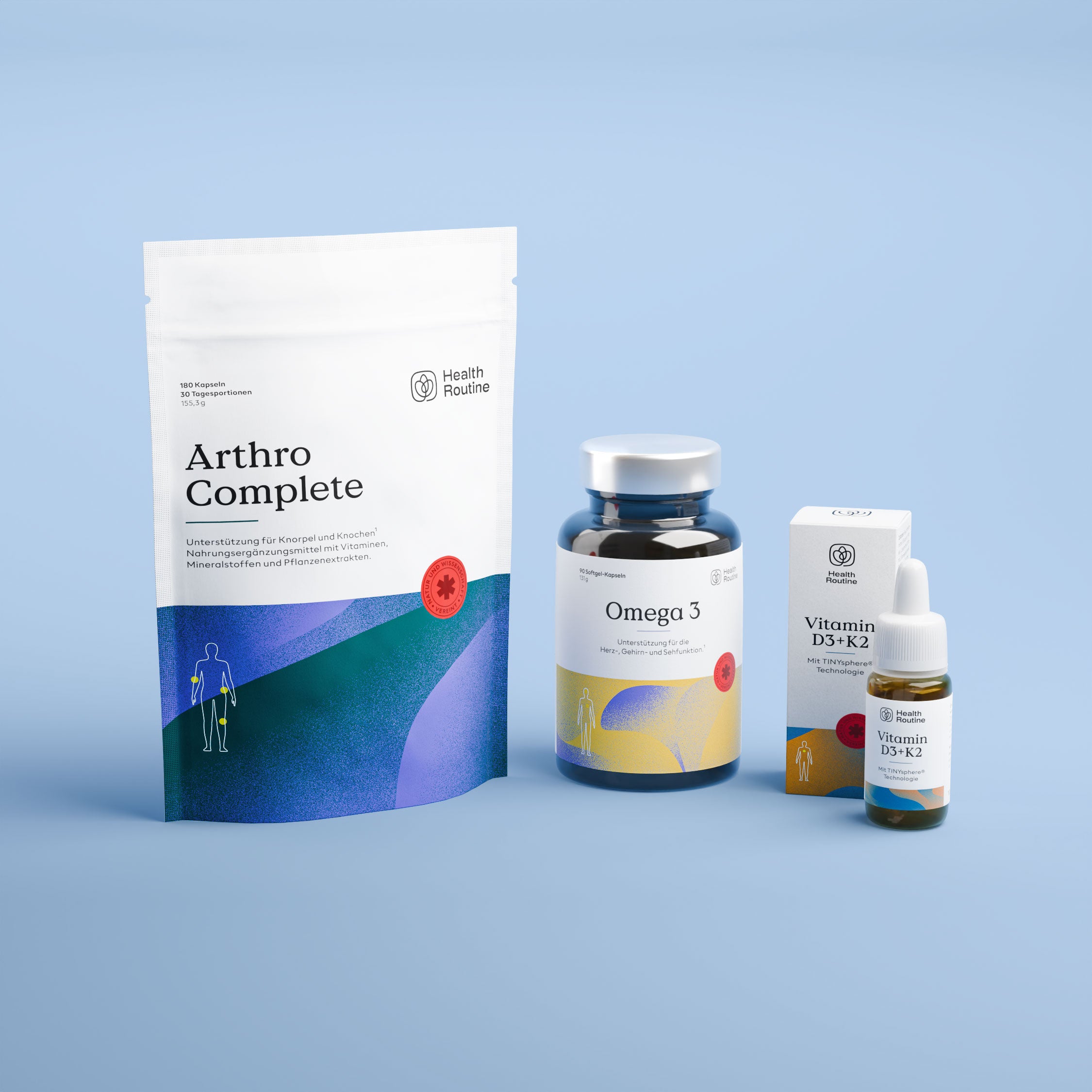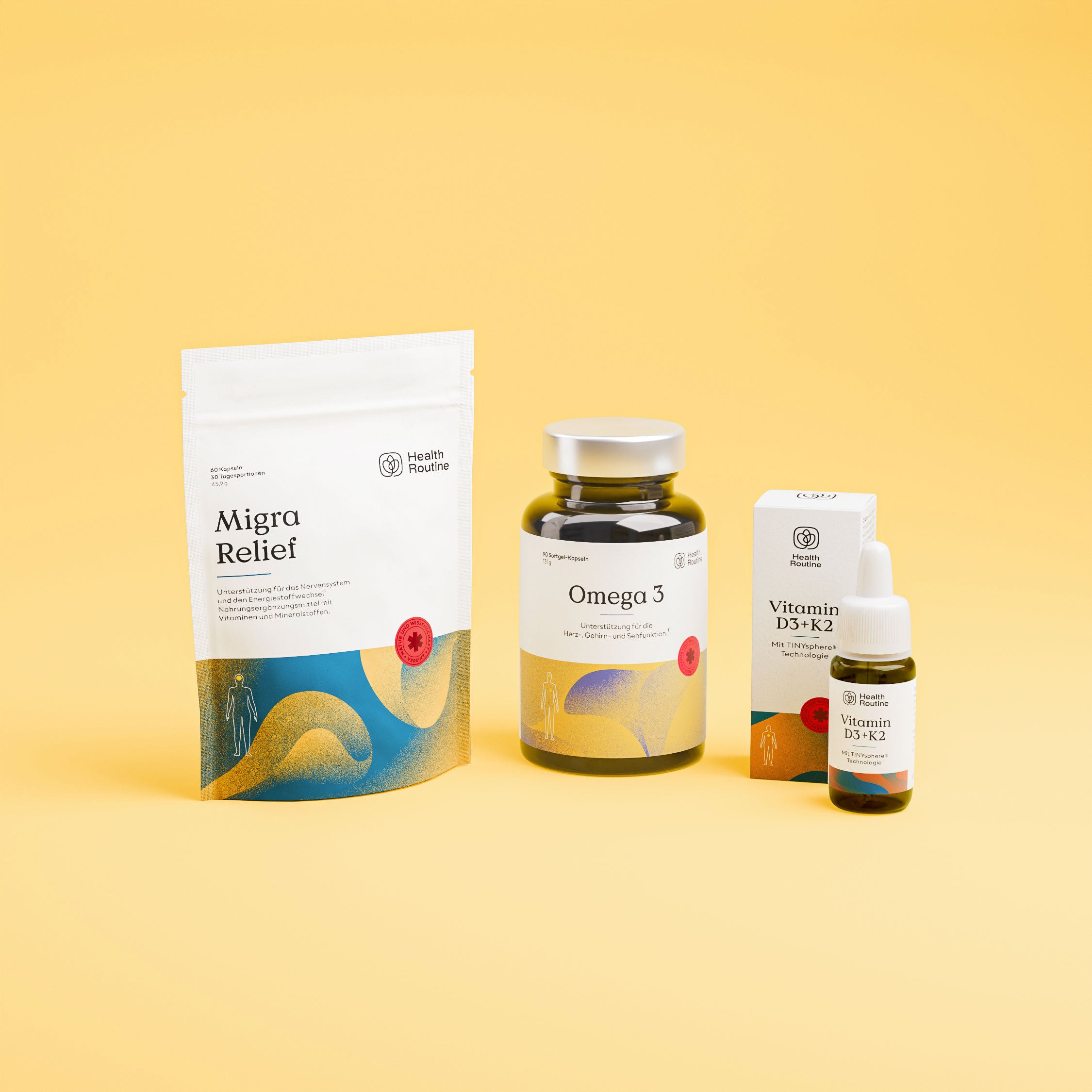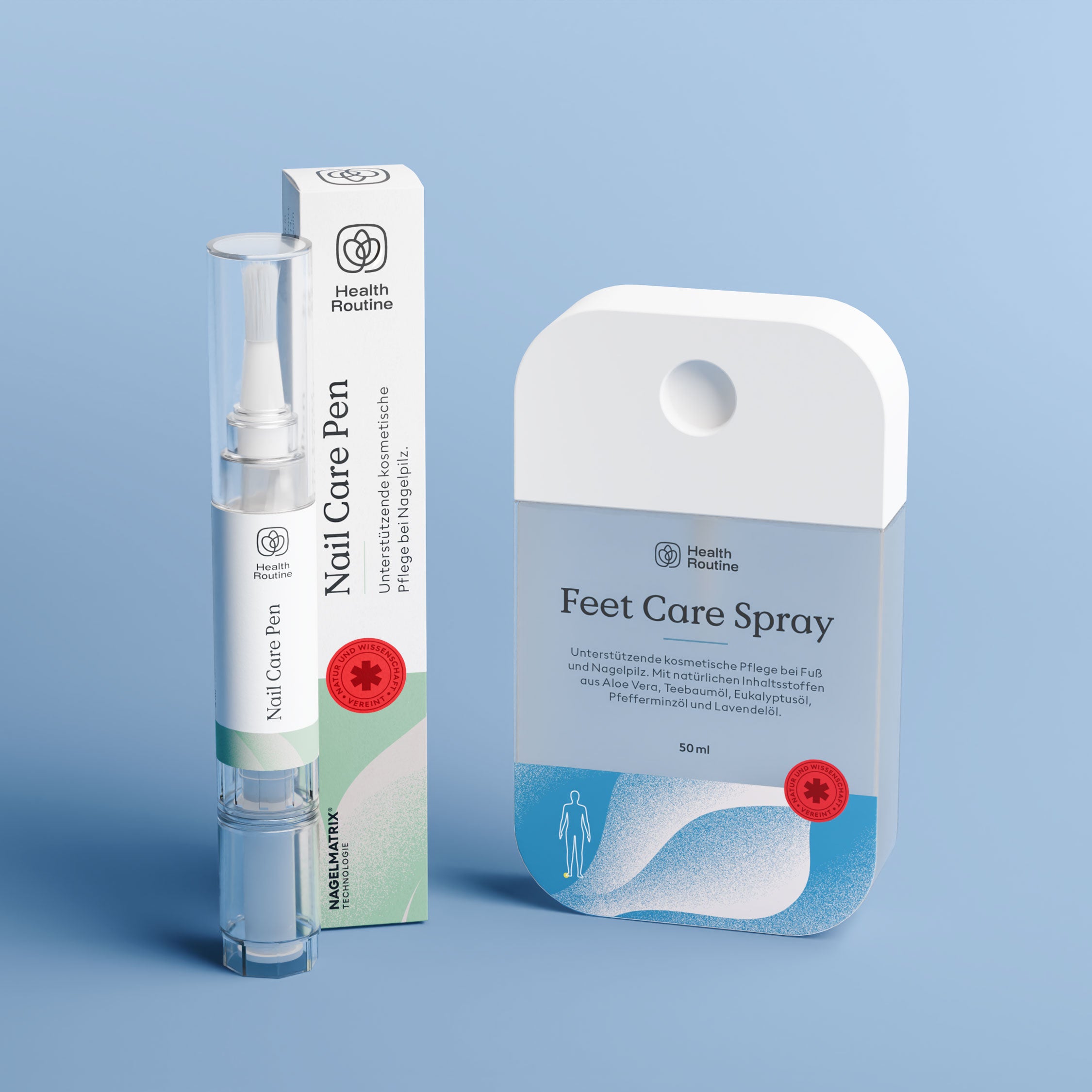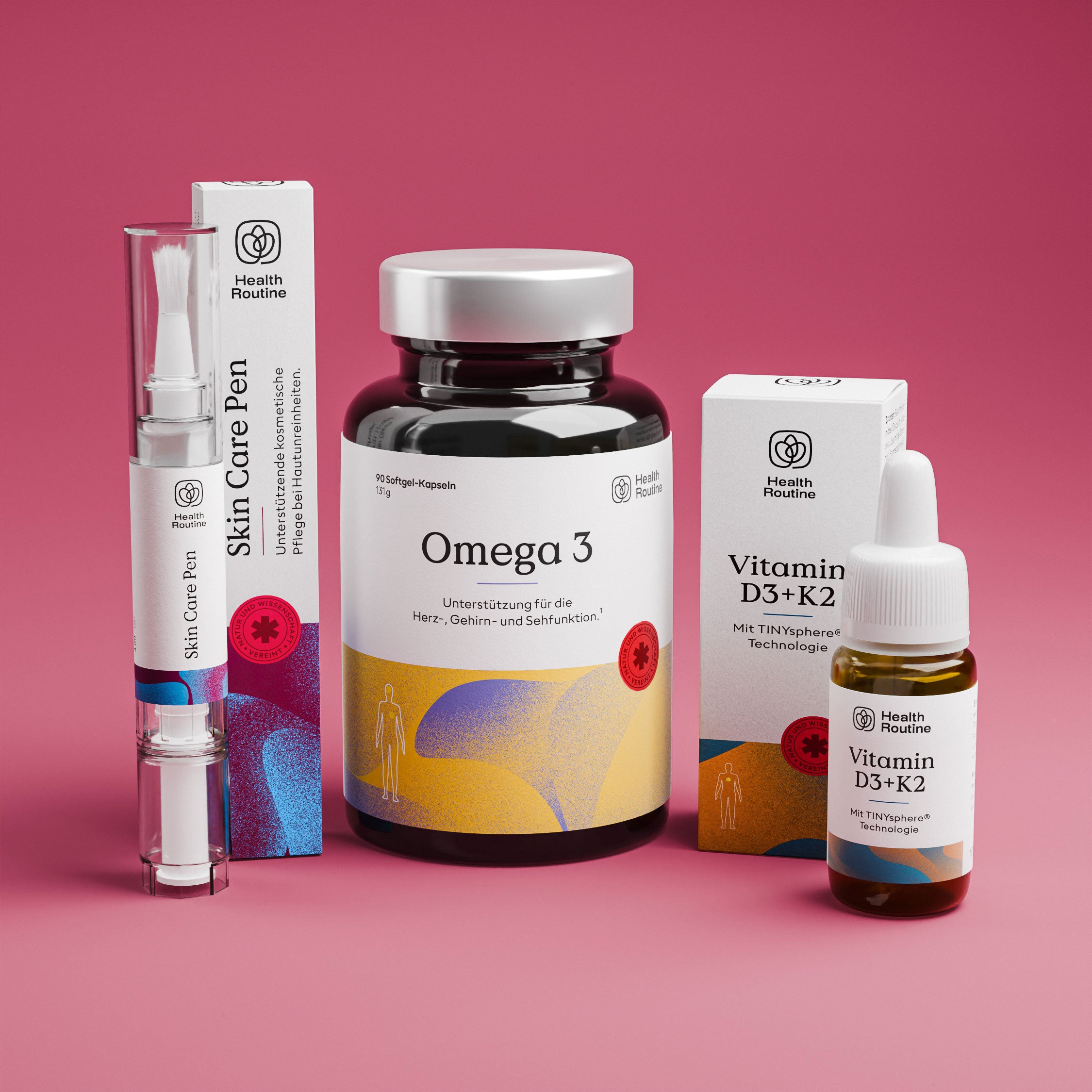The most important things at a glance:
- Dry skin on the legs can have many causes – from internal factors such as age and hormonal changes to external influences such as cold and harsh cleaning products.
- Symptoms range from mild tension and flaking to more severe itching and redness.
- With intensive moisturizing care, the use of natural care products and a conscious care routine, dry skin can be specifically supported and the skin's feel improved.
- If symptoms persist, you should consult a doctor to rule out possible underlying conditions.

Diepgaande, voedzame verzorging
Hoogwaardige & geselecteerde ingrediënten
Met sheaboter, niacinamide (B3), panthenol (B5) & calendula (goudsbloemextract)
What is dry skin on the legs?
Dry skin on the legs often manifests itself in the form of flaky, rough and tight skin.
Typical symptoms are:
|
symptom |
Description |
|
Dandruff formation |
The skin appears dry and flaky, especially on the legs. |
|
itching |
A common problem that can affect well-being. |
|
Redness |
Irritations can cause redness, which indicates hypersensitivity of the skin. |
|
Feeling of tension |
The skin often feels tight and unpleasantly dry. |
These conditions can occur temporarily or even develop into chronic problems – for example, very dry skin on the legs or extremely dry skin, which in some cases can also trigger skin diseases.
Possible causes of dry skin on the legs
There are many reasons why dry skin develops on the legs . The causes can be internal or caused by external influences . The following sections explain the possible causes in more detail.
Internal factors
Internal factors significantly influence skin health. Several elements play a role:
-
Age : As we age, our skin produces less sebum and moisture, which can lead to dry skin on our legs.
-
Genetic predisposition : Some people are naturally more prone to dry skin.
-
Hormonal changes : Fluctuations, for example during menopause or pregnancy, can change the condition of the skin.
-
Metabolic diseases : Diseases such as diabetes mellitus or hypothyroidism can often promote the appearance of dry skin.
- Vitamin deficiency : A deficiency in important vitamins such as vitamin A, D or E can impair the skin's moisture supply.
(Source: Wollina, U. (2007). "Management of xerosis and dry skin conditions – a common dermatological challenge." Clinics in Dermatology , 25(6): 592–599.).
External factors
External influences can also dry out the skin. These include:
-
Cold and dry air : Especially in the winter months due to heating air.
-
Excessive sun exposure : UV radiation can further damage the skin.
-
Frequent showering or bathing : Especially with hot water, which removes the skin's natural oils.
-
Aggressive cleaning products : soaps and shower gels that attack the natural protective layer.
-
Chlorine influence : For example in swimming pools, where the chlorine can dry out the skin.
- Medications : Some medications can cause dry skin as a side effect.
(Source: Proksch E., Brasch J., Nissen H.-P. (2008). "Dry skin in the elderly: complexities of a common problem." Clinical Interventions in Aging , 3(3): 433–439.).

Diepgaande, voedzame verzorging
Hoogwaardige & geselecteerde ingrediënten
Met sheaboter, niacinamide (B3), panthenol (B5) & calendula (goudsbloemextract)
Care for dry skin on the legs
The main goals in the care of dry skin are
- the restoration of moisture balance
- and protecting the skin from further loss.
More intensive skin care includes both moisturizing and protective measures.
1. Intensive moisturizing care
The foundation of any skincare routine is regular and thorough moisturizing. Various products can help with this:
Creams and lotions
Moisturizing creams and lotions form the first line of protection . Derma Relief is particularly recommended; it provides intensive moisture, smooths the skin's texture, and supports daily care for dry skin.
Advantages of the application:
- Moisturizes and supports a smooth skin feeling.
- Reduces unpleasant feelings of tension and itching.
- Supports the skin's natural regeneration process.

Diepgaande, voedzame verzorging
Hoogwaardige & geselecteerde ingrediënten
Met sheaboter, niacinamide (B3), panthenol (B5) & calendula (goudsbloemextract)
Oils
Natural oils such as coconut oil or olive oil are also very helpful in stabilizing moisture levels and providing long-lasting protection.
2. Protection against dehydration
In addition to moisturizing, protecting the skin is also important:
- Avoid using hot water when showering as this will remove natural oils.
- Use moisturizing shower products that don't harm your skin.
- Wear clothes made from natural fibers as they are breathable and skin-friendly.
3. Nutrition and home remedies
Internal care also plays a role:
- A balanced diet rich in vitamins and minerals supports the skin from within.
- Home remedies such as coconut oil, olive oil, honey or aloe vera are traditionally used to care for dry skin.
When does a visit to the doctor make sense?
Although many cases of dry skin can be improved with proper care , you should consult a doctor if you experience the following symptoms :
- Prolonged, severe itching
- Inflammations or infections
- Severe redness or scaling
🌿 Expert advice: A doctor can determine whether dry skin is due to possible underlying conditions such as atopic dermatitis, psoriasis, or other systemic diseases.
Conclusion
In summary, dry skin on the legs is a widespread problem, but with the right care and the right products, it can be specifically addressed – for visibly smoother and more supple skin.
Intensive moisturizing, the use of natural products and practical protective measures help to regenerate the skin and reduce dryness.
FAQ
What can you do about dry skin on your legs?
Incorporate regular moisturizing care into your routine and use products like Derma Relief to keep your skin hydrated.
What causes dry skin on the legs?
Dry skin can be caused by internal factors such as age and hormonal changes, as well as external influences such as cold and hot showers.
Which nutrients support normal skin function?
A deficiency in vitamins A, D, or E can contribute to dry skin. Maintain a balanced diet and, if necessary, take supplements.
How can I remove dead skin on my legs?
Gentle scrubs with home remedies such as oatmeal or yogurt can help remove dead skin cells.
Home remedies for dry skin on the legs – what helps?
Home remedies such as coconut oil, olive oil, honey or aloe vera help to care for and moisturize the skin.
